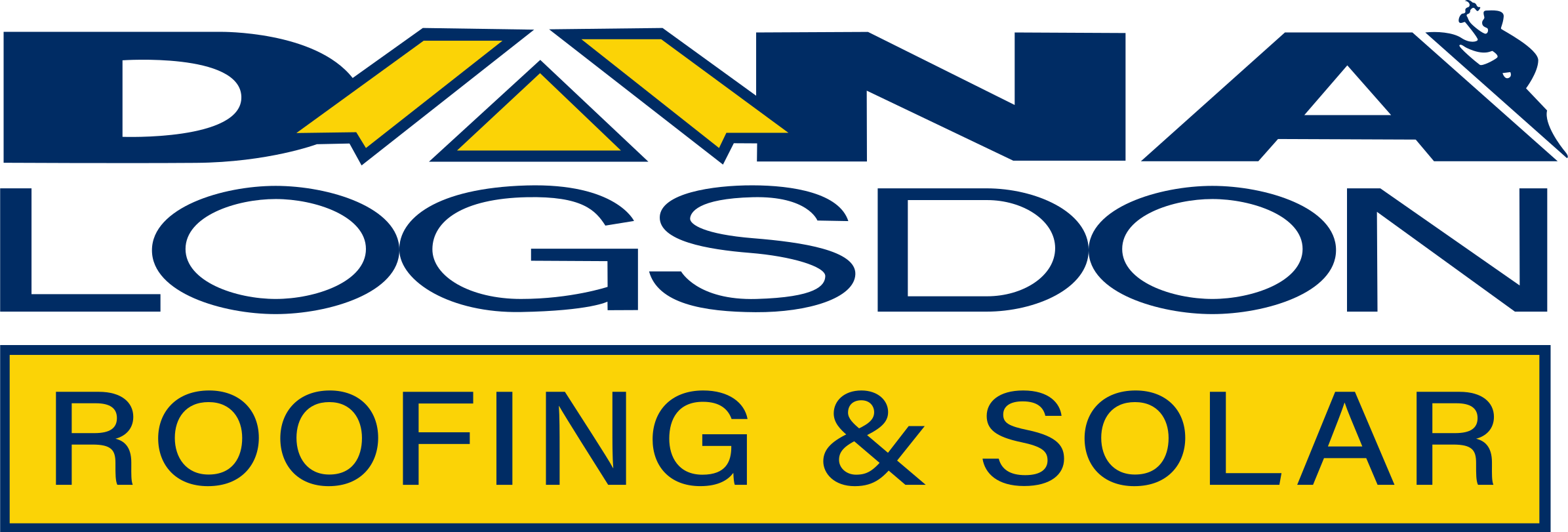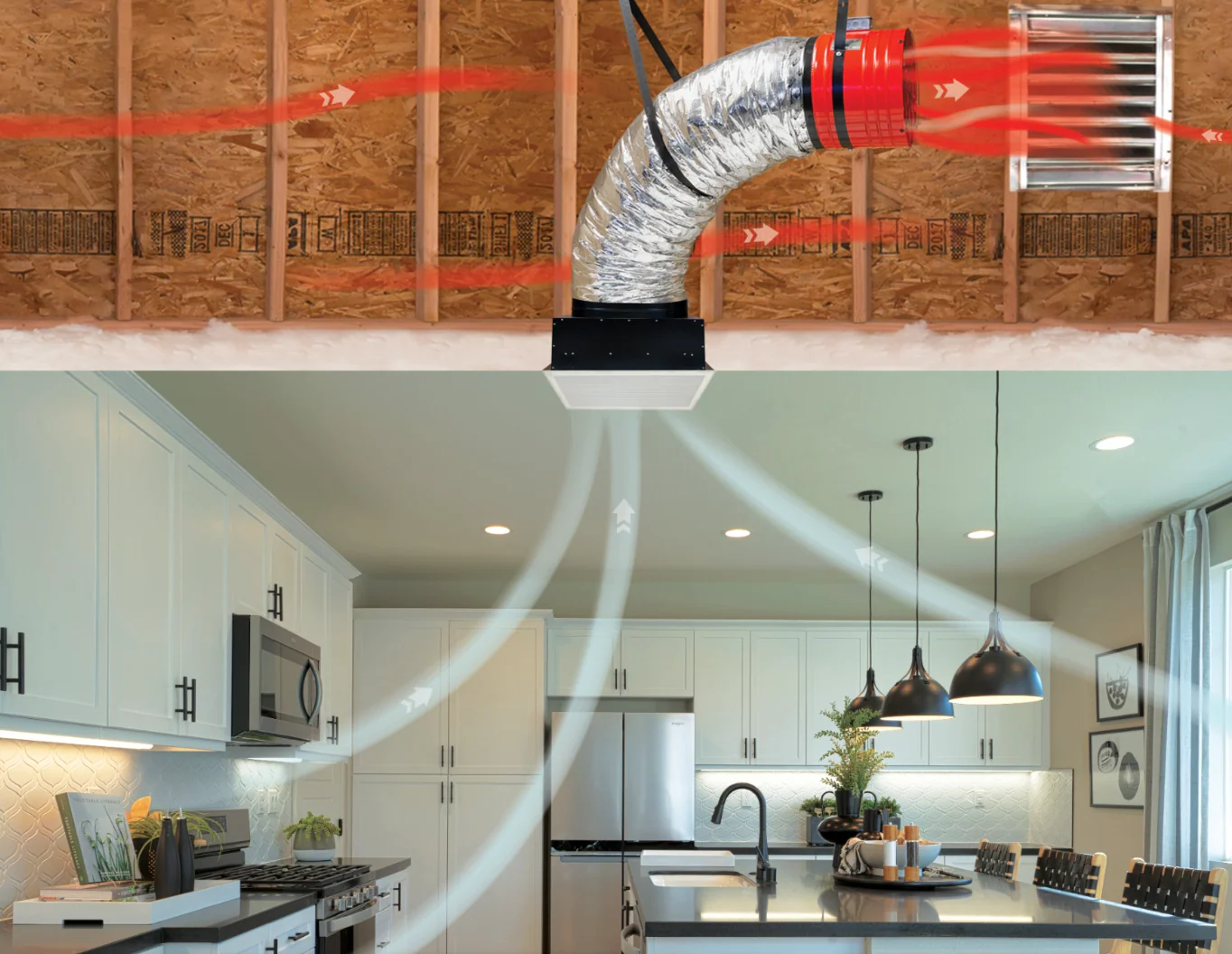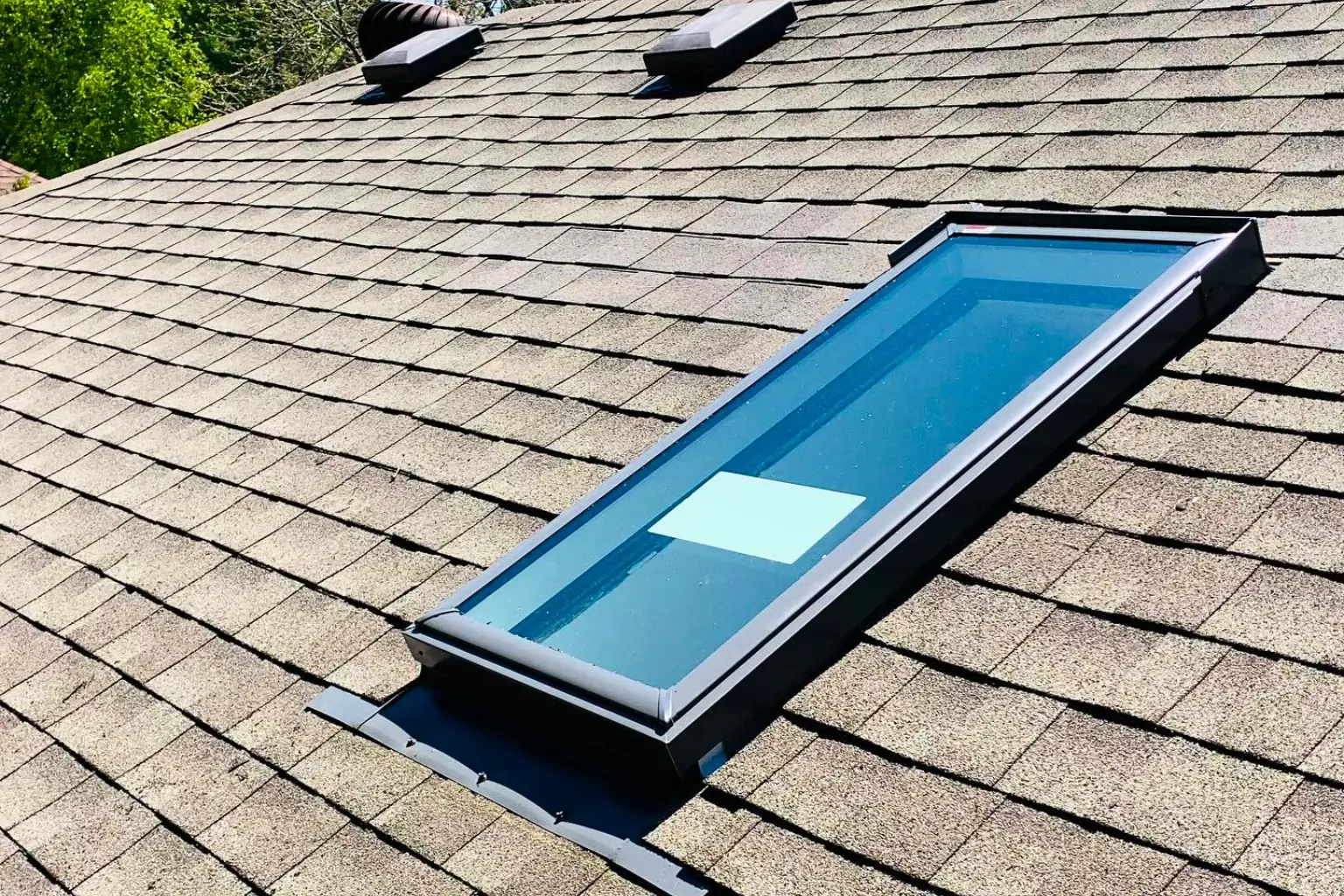Solar energy is a rapidly growing renewable energy source, and in California, it has become a popular choice for homeowners seeking to reduce their carbon footprint and lower energy costs. Solar roofing, also known as solar photovoltaic (PV) systems, allows homeowners to harness the power of the sun to generate clean and sustainable electricity. In this blog post, we’ll explore the benefits, considerations, and installation process of solar roofing in California .
The Advantages of Solar Roofing in California
- Environmental benefits of solar energy including reduced greenhouse gas emissions and conservation of natural resources
- Potential cost savings through reduced electricity bills and tax incentives like credits and rebates, while also being safeguarded against escalating utility costs
- Increased home value and market appeal through eco-friendly features
- Contribution to California’s renewable energy goals and commitment to sustainability
3 Considerations for Installing Solar Roofing
Roof Suitability:
- Condition and orientation of your roof for optimal solar panel placement
- Shading issues from nearby trees, buildings, or other obstructions
- Structural integrity and load-bearing capacity of your roof
Solar Potential and Energy Production:
- Understanding solar irradiance and potential energy production in your specific location
- Calculating system size and number of panels required based on your energy needs
- Estimating Return on Investment and payback period of your solar roofing system
Financial Considerations and Incentives:
- Exploring available financing options, such as solar loans or leasing agreements
- Researching federal, state, and local incentives, including tax credits, rebates, and net metering programs
- Consulting with solar contractors and comparing quotes to find the most cost-effective solution
The Solar Roofing Installation Process
- Site assessment and solar system design by a qualified solar contractor
- Permitting and paperwork required by local authorities and utility companies
- Installation of solar panels, mounting systems, and electrical components
- Connection to the electrical grid and completion of necessary inspections
- Activation and monitoring of the solar system’s performance
Maintenance and Care for Solar Roofing Systems
- Regular cleaning and inspection of solar panels for optimal energy production
- Monitoring energy generation and system performance through relevant software
- Addressing any issues or malfunctions promptly through professional assistance
- Understanding warranty terms and coverage for solar panels and components



